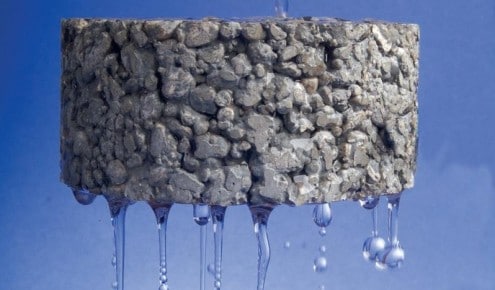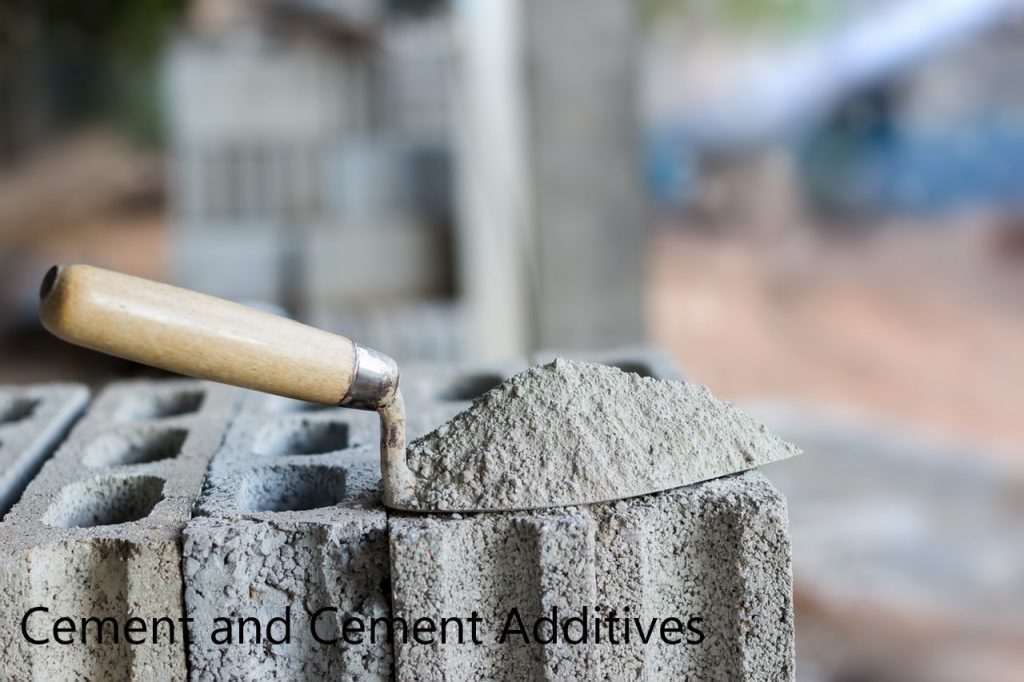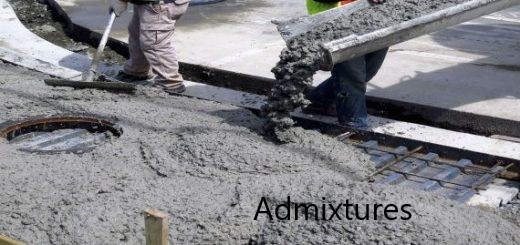No fine concrete is a type of concrete used mainly for drainage purposes and as structural fill. It provides better drainage of water through the fill and facilitates the required strength.
No fine concrete is a very old technology used in constriction. Especially, in the construction of retaining walls.
This concrete avoids the development of the pour water pressure behind the wall. Further, it is lightweight and strong.
Further, it is very effective than other types of drains such as perforated tubes, etc.
What is No Fine Concrete?
It is concrete that is made for coarse aggregates and cement. There are no fines used in the mix.
Further, single size aggregates are used for the better performance of the concrete mix after being placed. When graded aggregates are used, it causes filling of the cavities. However, with a single size, there will be more spaces with the concrete.
Mix designs are done for the no fine concrete based on the required strength of the concrete as in some locations, we might need higher strengths to carry the loads.
For example, if we place concrete in a path that the vehicles are passing, the no fine concrete should be able to bear the load applied from the vehicle.

This can be considered as a modified structural fill. This is very popular in segmental construction as the backfilling can be done in stages. Further, it reduces the development of pour water pressure on the segmental retaining wall.
Reduction in the water pressure due to the proper drainage saves a considerable amount of money as the design pressure on the retaining structure is reduced by a significant amount.
In addition, it is more effective than the other methods of water drainage such as perpetrated pipes, etc.
Let’s what are the main benefits of using no fine concrete
Advantages of No Fine Concrete
- One of the most effective drainage methods
- Mostly designed in hydraulic structures and use as underground drainage without obstructing the functions above the ground.
- It can be used as a gravity structure
- The low density of the concrete
- Low cost due to the low cement continent and having not to use find aggregate
- Thermal conductivity is low due to the cavities in the concrete.
- Acts as insulation due to other less heat transfer with a high void ratio. Useful in the construction of external walls.
- Less weight saves the structure cost compared with normal-weight concrete.
- Segregation of concrete is minimal
- Less drying shrinkage when compared with normal concrete
- No mechanical vibration is required to compact the concrete. The Rodding method could be adequate.
Disadvantages of No Fine Concrete
- Due to the high void creation, the strength of the no fine concrete is lower than the other types of concrete
- It cannot be sued as reinforced concrete due to its lack of strength and corrosion of reinforcement as they are exposed to the environment.
- The consistency of the concrete is not measurable.
- Production in small quantities is a bit difficult.
- The casting of the concrete wall adjacent to no fine concrete wall is much more difficult as the ground could leak into the cavities in the concrete. Placing no fine concrete against the concrete wall already cast is much easier.
Related Articles
- Early Thermal Cracking [calculate R/F requirements]
- Effect of Construction Practices on Cracking
- Cracking of Concrete [ basics, types and causes]
- Physical Reasons for Cracking
- Fundamental of Cracking of Immature Concrete
- Foundation Cracks types why they serious
- Cracks in Basement Wall [a detailed study]
- What is Spalling of Concrete – causes and repair
- 20 Factors Affecting Durability of Concrete
- Durability of Concrete [Requirements and Problems]
- Vibration of Concrete [methods and correct procedure]
- 6 Factors Affecting Curing Time of Concrete
- 11 Methods for Curing Concrete
- A Detailed Study on Concrete[from scratch]
- Types of Shrinkage in Concrete [detailed study]


